A Mountain Retreat in Jiangjin District
Nestled within the picturesque landscape of Simianshan Town, Jiangjin District, Chongqing, the Lost Villa stands as a serene mountain-dwelling resort, offering a tranquil escape from the bustling city life. Designed by Architects KONGKONG, this unique hotel project aims to seamlessly integrate with its natural surroundings while providing guests with a harmonious blend of luxury and wilderness experience.
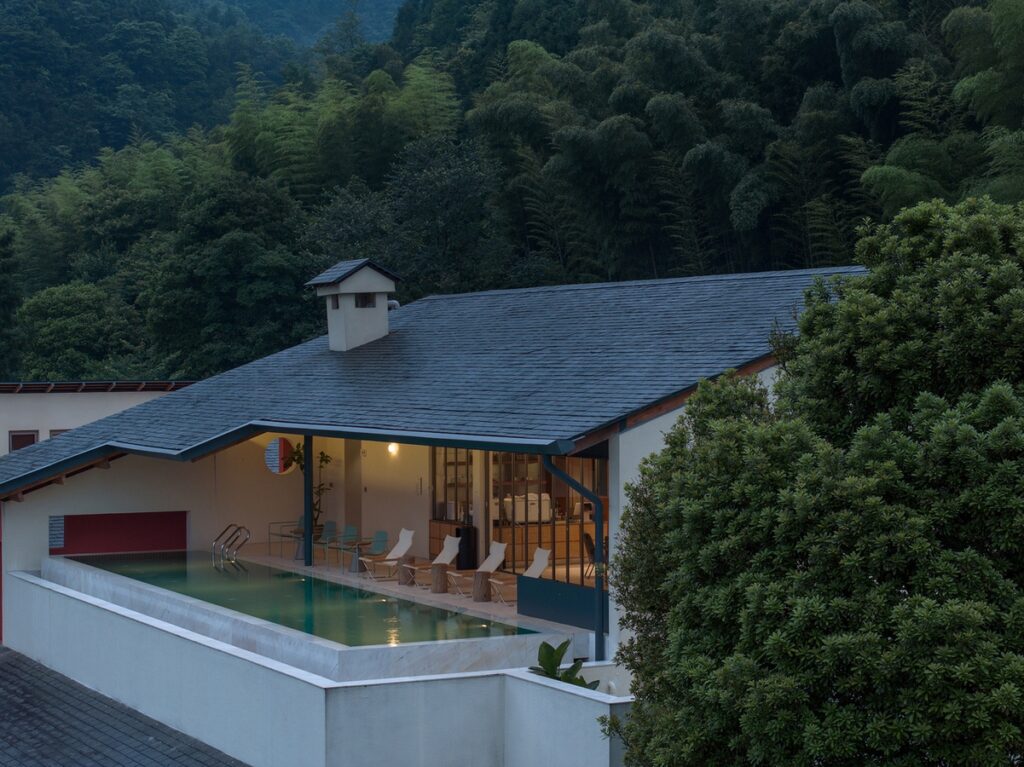
Design Concept and Integration
The project, situated amidst a U-shaped mountain valley, capitalizes on its west-facing opening, offering breathtaking sunset views. Utilizing the foundations of old cabins, the architects meticulously crafted new structures, preserving the original terrain and existing fruit trees to create an artificial-natural landscape. Divided into three clusters – Guanshan (observing mountains), Yishan (rely on mountains), and Yinshan (hidden in mountains) – the design fosters an interactive relationship between architecture and nature, allowing guests to immerse themselves in the tranquil surroundings.
Sustainable Construction Approach
Respecting the terrain and climate, the construction strategy prioritized minimal excavation to preserve the mountain’s natural features. Large rocks and trees were integrated into the architectural space, while thin, expansive roofs were designed to protect the buildings from rain erosion and prolong their lifespan. The incorporation of ample gray spaces not only enhances ventilation and lighting but also provides shelter during rainy days, ensuring a comfortable and sustainable living environment.
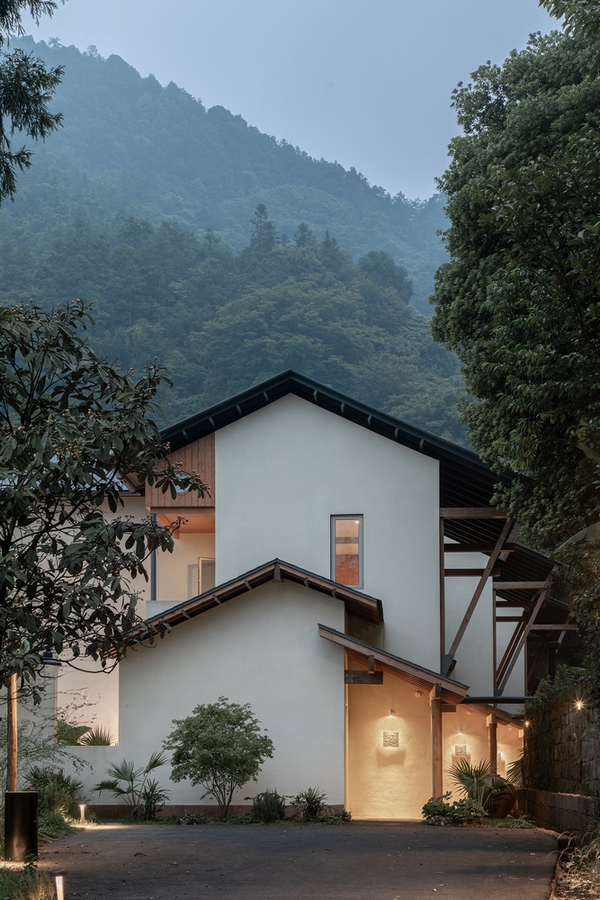
Local Materials and Craftsmanship
Embracing the ethos of sustainability, the architects opted for locally sourced materials, including rough stones for retaining walls, red sandstone blocks for building bases, and recycled wood and stone for landscaping elements. This commitment to using indigenous materials not only reduces environmental impact but also pays homage to the region’s rich cultural heritage, creating a sense of authenticity and belonging for guests.
Conclusion
Lost Villa in Simianshan epitomizes the harmony between architecture and nature, offering a sanctuary where guests can reconnect with the earth and rejuvenate their spirits. With its thoughtful design approach, sustainable construction practices, and integration of local craftsmanship, the villa provides a unique opportunity for visitors to immerse themselves in the beauty of Chongqing’s mountainous landscape while enjoying modern comforts and luxury amenities.


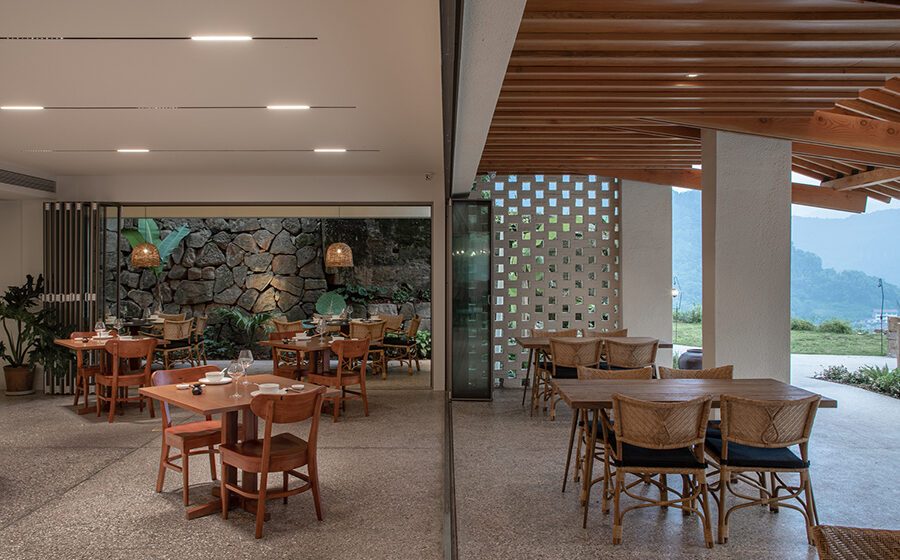

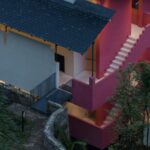
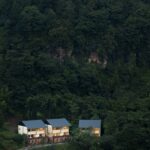
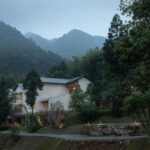
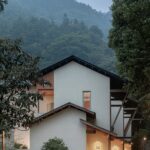
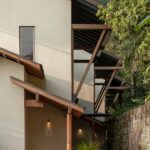
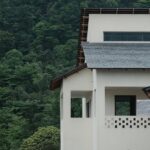
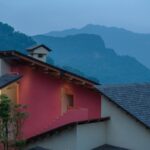
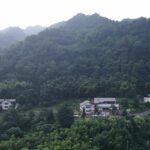
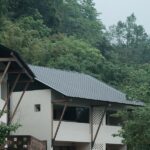
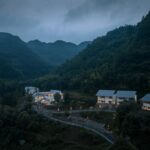
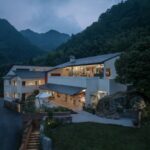
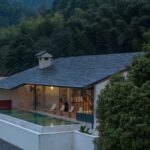

Leave a Reply